| Plant Habit: | Herb/Forb |
| Life cycle: | Perennial |
| Sun Requirements: | Full Sun |
| Water Preferences: | Wet Mesic Mesic |
| Soil pH Preferences: | Slightly acid (6.1 – 6.5) Neutral (6.6 – 7.3) |
| Minimum cold hardiness: | Zone 2 -45.6 °C (-50 °F) to -42.8 °C (-45°F) |
| Maximum recommended zone: | Zone 8b |
| Plant Height: | 1 to 3 feet |
| Flower Color: | White |
| Flower Time: | Summer |
| Underground structures: | Rhizome |
| Uses: | Erosion control Culinary Herb Will Naturalize |
| Eating Methods: | Tea |
| Wildlife Attractant: | Bees Butterflies |
| Propagation: Seeds: | Sow in situ Can handle transplanting |
| Propagation: Other methods: | Cuttings: Stem Cuttings: Root Division |
| Pollinators: | Various insects |
| Containers: | Suitable in 1 gallon Suitable in 3 gallon or larger |
| Miscellaneous: | Tolerates poor soil Monoecious |
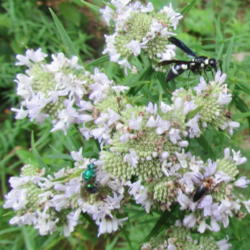
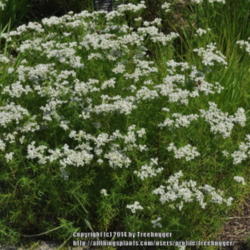
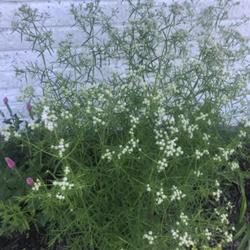
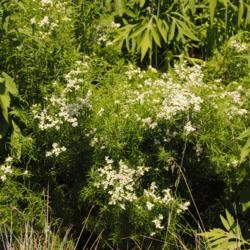
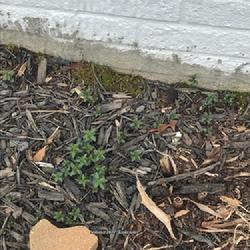
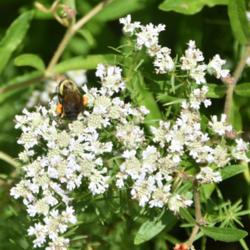
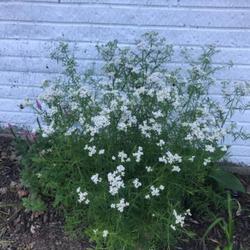
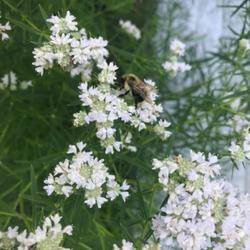
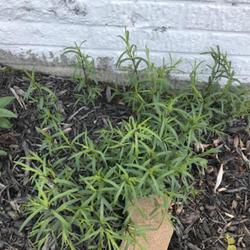

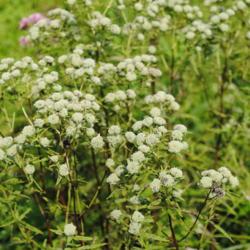
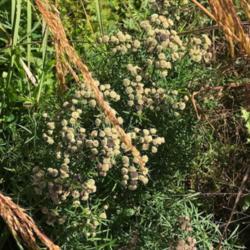
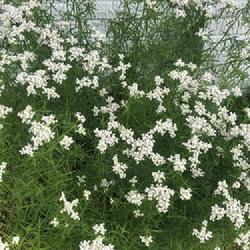

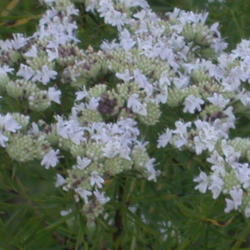
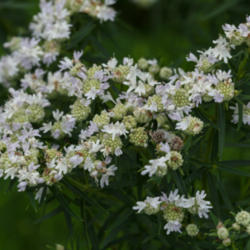


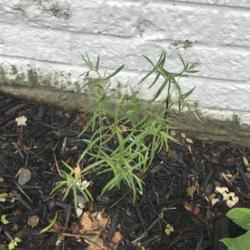
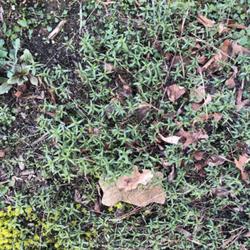

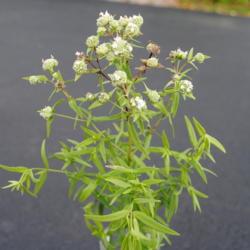
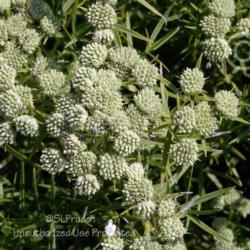
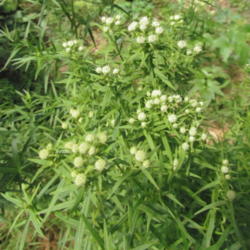
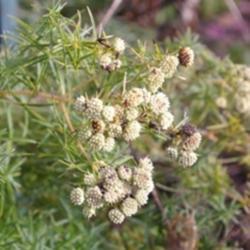
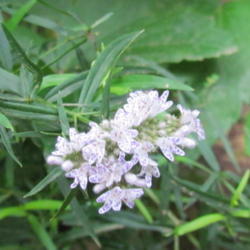
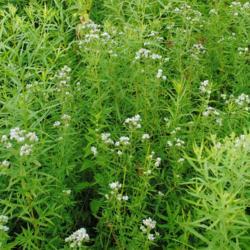
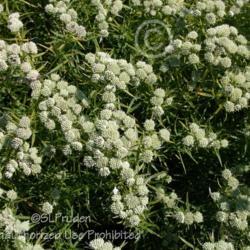
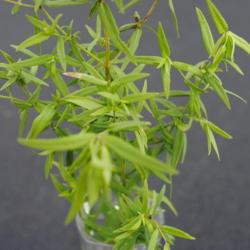
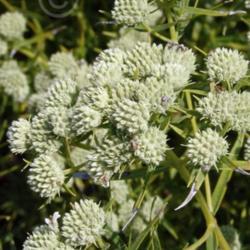
| Catmint20906 | On June 4, 2015 | Obtained plant |
| lovesblooms | On March 1, 2020 | Seeds sown winter sow |
| SuperHappyCamper | On April 15, 2023 | Obtained plant Purchased from Drew at spring plant sale located at Gardens of Kennesaw Mtn. |